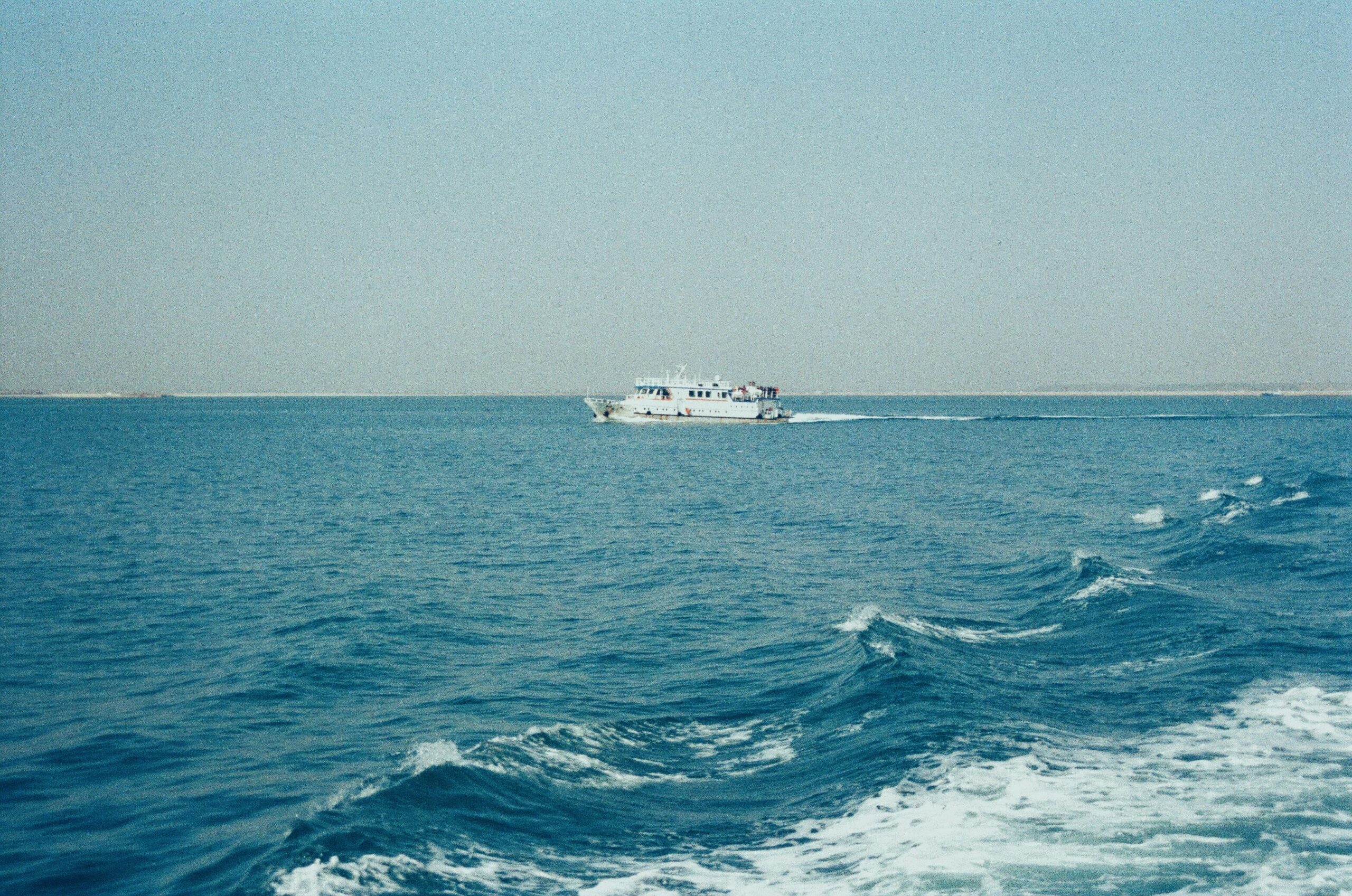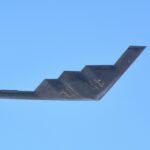The aerostat stays moored by a kevlar cable, about 2 000 ft high most hours. It holds a light radar set, several electro-optical pods, n two datalinks. Crews at the ground mast send power up the tether, so no fuel runs out mid-shift. Weather sensors warn when winds kick past safe band. It forms part of Singapore’s larger push for island-wide air defence.
Why a Balloon, Not a Jet
RSAF planners compared patrol planes, drones, and land radar. Each choice had clear gaps. Urban blocks hide cruise-height traffic; fixed towers choke on clutter. Jets burn hours fast, then must land for fuel. A balloon rides over towers, keeps still, and costs less than single F-15 sortie per day.
First Trials and Decision
Engineers floated a test hull at Choa Chu Kang Camp in late 2016. Data looked solid, so Defence Minister Dr Ng Eng Hen green-lit a full project. Trials clocked range near 200 km, good enough to paint targets well before they cross the Flight Information Region. That result tipped budget talks in the balloon’s favor.
Military Aerostat Integration into RSAF Network
Signal pipes link the aerostat straight to Air Defense and Operations Command. Screens at Changi receive tracks within two seconds. Software fuses those blips with ground radar and coast-guard feeds, then tosses a clean plot to fighter dispatch desks. Navy watch officers share same picture through naval intranet lines. That fused picture also integrates inputs from Singapore’s G550 AEW squadron.
Key Advantages
- Long Hang-Time — stays aloft for whole week, maybe more, no refuel stops.
- Tall View — looks over high-rise skyline, so nothing low sneaks by.
- Mixed Sensors — X-band radar pairs with day-night cameras, spotting tinny skiffs.
- Lean Upkeep — two techs and a crane truck handle most maintanance jobs.
Growing Relevance of the Aerostat Systems Market in Asia-Pacific
Other states tried similar bags in rougher spots. U.S. Border Patrol flew blimps near Rio Grande. India strings them along Rann of Kutch marsh. Brazil set one over Amazon river mouth. All aim to plug blind angles where hills, jungle, or high seas bend radar lines downwards.
Maritime Surveillance and Civil Applications Expand Use Cases
Around 1 000 ships cross the Singapore Strait each day. Even one rogue boat can snarl lanes or worse, plant a bomb at anchorage. The balloon looks down the strait’s throat, flags craft that drift off lanes too quick, and cues patrol craft long before boarding ladders splash.
Regional Picture
Demand for cheap, steady sensors is rising across ASEAN. Vietnam scouts aerostat bids for its south shelf. Philippines eyes them to watch Sulu Sea gaps. Analysts say budgets favor balloons: whole system costs not much more than two mid-life fighter overhauls, yet covers hundreds of square miles round-clock.
Upgrades Drive Momentum in Aerostat Systems Market
Recent builds swap older nylon skins for coated laminate that shrugs UV glare. Valve packs bleed helium slower, cutting top-ups. Radar boards shrink as gallium-nitride chips spread. Singapore’s set now plots a plastic skiff at 45 km in sea clutter, thanks to pulse-Doppler tweaks that sift wakes from chop.
Civil and Dual-Use Options
Disaster crews can lift an extra camera pod after typhoon season. That lens spots missing boats, or afloat debris lines that hint where bodies drift. Environment Agency tested a spectro sensor, checking oil sheen shape near refineries. Early reads showed plume vectors within ten meters, handy for quick booms.
Market Forecast
Consultants peg Asia-Pacific aerostat spend at 9 % compound climb till 2030. Two drivers stand out: tight defence wallets and hunger for air-sea situational awareness. The global aerostat systems market is expected to grow rapidly due to ongoing improvements in automation, materials, and sensor technologies. Blimps slot between pricey sats and rigid towers. Firms pitch new features—mesh nets, 5G nodes, even temporary Wi-Fi clouds for disaster towns.
Partnerships and Regional Data Sharing Shape Surveillance Future
Though Singapore runs its own balloon, data swaps happen quiet behind closed doors. Liaison officers in Johor Bahru and Batam feed each other vessel positions when plots cross borders. No treaty spells it out, yet informal calls shave minutes off interdiction times. Shared aerostat cues may soon move by secure fibre.
Training and Daily Use
A two-month course turns regular radar techs into “balloon wranglers.” They learn lift gas math, weather charts, and winch drills. Gust line climbs steep from May to Sept. When squalls sniff the island, watch chiefs wind the hull down fast, lash it tight, and wait out storm bursts.
Public Oversight
Defence Ministry ran town-hall briefings before launch. Residents asked if cameras peek at backyards. Officials said pixels blur inside territorial fence; focus stays outwards. Privacy board audits logs quarterly, making sure stored frames match external threat list. So far, no breach flags popped.
Anchors for Extra Reading
- MINDEF fact-sheet on “Persistent Aerostat Platform”
- TCOM 34M technical brochure, rev 3
- Defence-Aerospace Updates issue July 2024
USVs and TCOM Aerostat Lead New Developments – MARCH 2025 UPDATE
Three Maritime Security USVs joined Navy at end-2024. Each hull carries phased array, a small 12.7 mm RWS, and a fiberglass drone bay. They roam strait choke-points, sniff AIS gaps, then push alerts to aerostat ops room. Officers say pairing surface bots and sky balloon chops blind-spot count by half.
Aerostat radar stack got new classifier patch in Jan 2025. Code now tags flight profile plus beam aspect, letting system flag spoofed IDs faster. Electro-optics add AI edge filters—vessel wake angle, light signature—helping frankly busy operators pick real threat over ferry clutter.
TCOM Aerostat Advances and New SOPs
TCOM rolled its updated 34M at Singapore Airshow 2024. Demo claimed 15 % range boost and fresh anti-jamming tricks. Company rep hinted at open-slot sensor bays that fit SIGINT pods. MINDEF teams booked follow-on trial, maybe mid-2025 on secondary mast near Tuas.
After couple close calls with pop-up storms, SAF wrote tighter retreat SOP. Winch speed upped, anchor pad cleared wider, and inflate-deflate valves widened. Target is under-ten-minute haul-down from top height. Early tests hit eleven mins, good start, still short of goal yet.
Regional Collaboration and Future Air-Sea Layering
Regional chiefs explore common “air-sea picture” grid. Idea: a shared protocol that streams aerostat data, drone feeds, coastal radar into one map. Hard part stays secure line. Singapore’s sat trunk could host pilot cell. Draft notes circle at ASEAN Defence Ministers’ Meeting-Plus.
Planners eye UAV over-watch above balloon ceiling. A solar-wing drone at 55 000 ft would look farther, hand off low-level targets to aerostat, then to USVs. Stack forms tiered shield, all unmanned. Cost math still under study, but concept brief won warm nod from finance desk.
REFERENCE SOURCES:
- https://oceanexplorer.noaa.gov/technology/usv/usv.html
- https://www.mindef.gov.sg/news-and-events/latest-releases/29nov16_nr
- https://www.theonlinecitizen.com/2016/11/30/rsaf-to-deploy-military-blimp-to-enhance-its-aerial-and-maritime-surveillance-capability/
- https://www.defencepioneer.sg/pioneer-articles/SAF-S-NEW-AIR-AND-SEA-SURVEILLANCE-SYSTEM-UNDERGOES-LOCAL-TESTS
- https://www.einpresswire.com/article/672792616/ongoing-advancements-in-materials-automation-sensor-technology-is-driving-the-global-aerostat-systems-market
- https://www.marketresearchfuture.com/reports/aerostat-systems-market-1302
- https://armyrecognition.com/news/navy-news/2025/singapore-navy-relies-on-marsec-usvs-to-ensure-surveillance-of-strait
- https://tcomlp.com/national-air-defense-and-conops-integration-see-tcoms-innovative-isr-at-the-singapore-airshow/
- https://tcomlp.com/aerospace-platforms/tethered-aerostats/
- https://www.gminsights.com/industry-analysis/aerostat-system-market



